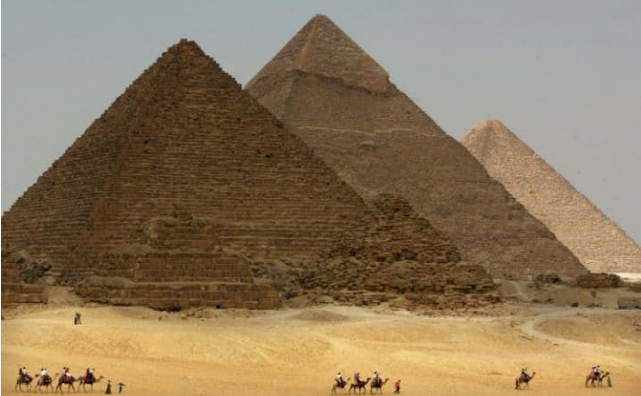2 previously unknown chambers discovered inside Giza pyramid
A group of researchers studying the Great Pyramid of Giza in Egypt have discovered two previously undisclosed cavities within the ancient structure that dates back to 2560 BC.
Using modern techniques of muography, thermography and 3D simulation, a collaborative project called “Scan Pyramid” found “secret chambers” just around the tomb of Egyptian pharaoh Khufu.
Mehdi Tayoubi, one of the lead researchers of the project, described the new technique which unraveled the intriguing discoveries—without actually having to go inside the pyramid.
“Just like X-rays pass through our bodies allowing us to visualise our skeleton, these elementary particles, weighing around 200 times more than electrons, can very easily pass through any structure, even large and thick rocks, such as mountains,” he described the process in a Telegraph report.
After multiple scans, scientists detected an unknown cavity on the North Eastern edge of the Pyramid, and another unknown void behind the pyramid’s descending corridor.
“We are now able to confirm the existence of a ‘void’ hidden behind the North Face, that could have the form of at least one corridor going inside the Great Pyramid,” Tayoubi confirmed.
“The precise shape, size, and exact position of this void is now under further investigation. It should be done with the help of 12 new Muon Emulsion plates that are installed in the descending corridor, and will be collected by the end of October 2016,” he added.
The exact remnants inside the newly discovered chambers have yet to be determined, but Tayoubi’s team continues to acquire additional data within its vicinity.
“We expect to have the results of the analysis of those instruments during the first three months of 2017,” the lead researcher said. Khristian Ibarrola
